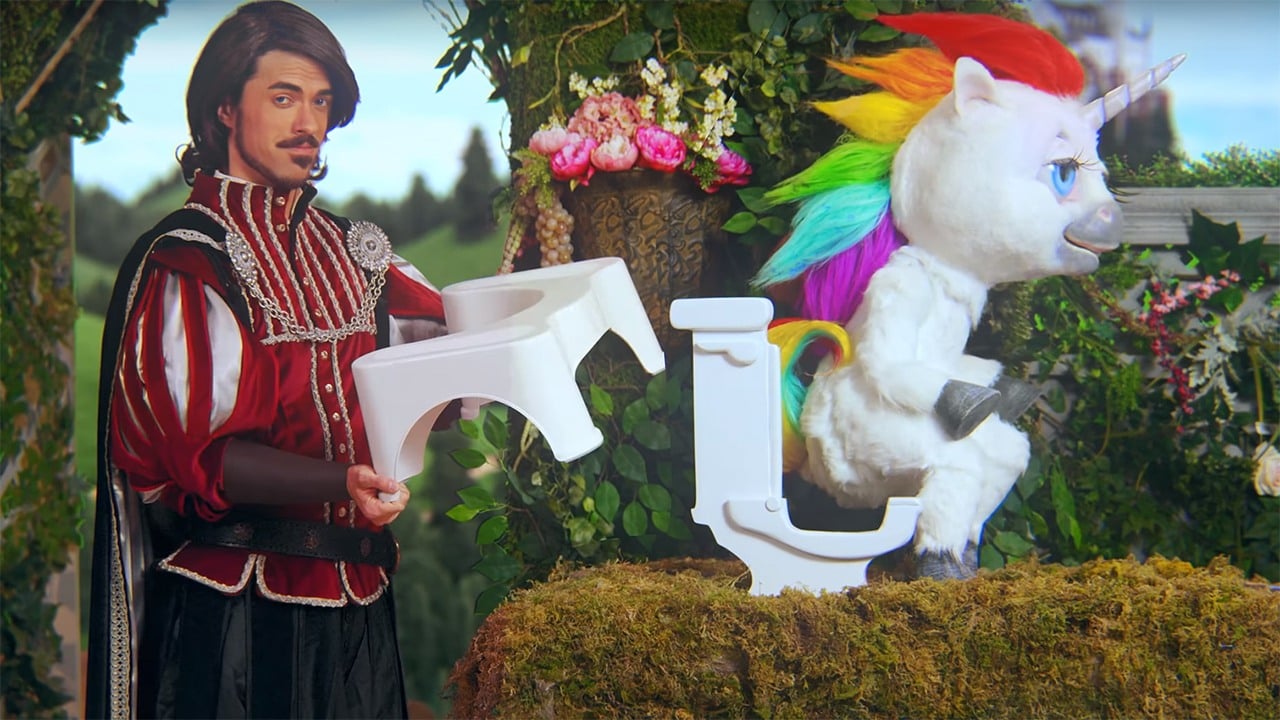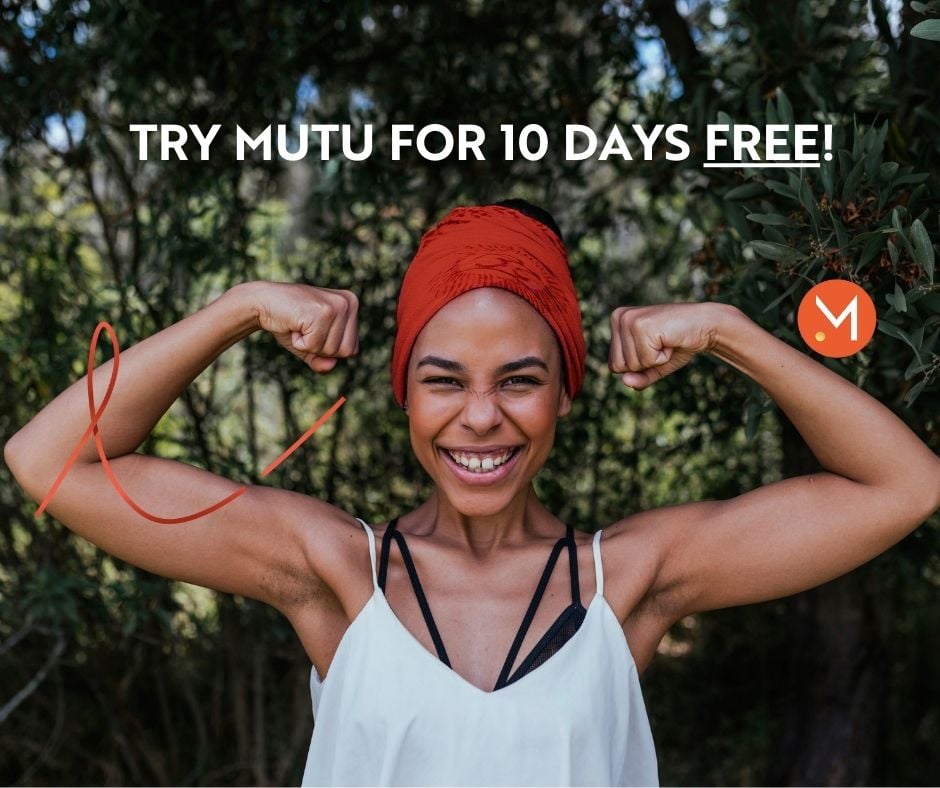Umbilical hernia after pregnancy describes where a bit of your body that should be inside (like part of your intestine or bowel) actually pokes outside, through a weakened spot in your abdominal wall. There are different types of hernia but the one most associated with the postnatal period after pregnancy occurs at the umbilicus – in or near the belly button.
You will see a bulge, or an outie belly button, or a thumb-shaped protrusion. There may be a soft swelling, possibly with a dark tint to the skin in the area. It may feel tender to touch, you may be able to gently push it back in sometimes, and you may be more aware of it when you strain (lifting something heavy, or coughing or sneezing).
An incisional hernia is another type of hernia which can sometimes occur after surgery of the abdomen (such as c-section).
What causes umbilical hernia?
Umbilical or incisional hernia, along with diastasis recti and even pelvic organ prolapse, have a root cause in common: they are related to PRESSURE. Specifically, excessive, or un-contained, intra-abdominal pressure. This means that the naturally occurring pressure inside your abdomen and pelvis has built up and has nowhere to go, but out. Like a kinked hose-pipe or an over-squeezed balloon, eventually something’s got to give, and the result is the hernia popping out.
The science bit
Some factors may contribute to make an umbilical hernia more likely, such as pregnancy, straining, heavy lifting, or violent or prolonged coughing. BUT it’s important to know that having babies or lifting heavy loads or coughing don’t cause hernia on their own. Your body is perfectly capable of doing these things, if your core is working right.
The issue is not too much pressure inside your abdomen – it’s supposed to be there – the issue is that your core muscle system is not able to stabilise the pressure correctly. It’s kinked. LIke the hosepipe. So even if you have surgery to close the hole and reverse the hernia, the pressure problem inside is still there.
Your core muscles consist of your Transverse Abdominis (your deepest abdominal muscle), the Multifidus muscles of your spine, your diaphragm (separates your lungs and the organs of your chest cavity from all the stomach bits and facilitates breathing), and your pelvic floor. Their job is to contain the entire abdominal and pelvic cavity, and to regulate pressure within it, comfortably and without strain.
It is necessary to change the direction and force of the intra-abdominal pressure that caused the problem in the first place, to avoid a recurrence of the hernia or some other pressure-related condition.
So how… do you do that?
Whole body alignment
‘Alignment’ in this context means the way you carry your body every day. The way your body is biomechanically stacked, head on shoulders, on ribs on pelvis… and all the way down to your feet and the shoes you wear. How your body is positioned as you stand, sit, or walk determines how effectively your core muscle system can stabilise and hold everything where it’s supposed to be.
There are some very common movement habits which compromise this alignment ‘mismatch’ and prevent the core muscles from functioning correctly to do this:
Tucking your tailbone or your backside is one culprit. Many of us tend to walk and stand with our backside slightly clenched, effectively flattening our bum and pushing our pelvis forward. This position compromises our core’s ability to contain pressure effectively. Try at first just noticing if you do this, and remind yourself as often as you can to unclench and untuck, letting your bum sit high and proud, like bums are supposed to.
Wearing high heeled shoes has a similar effect on the relative position of your pelvis. The heel height forces your body to compensate for the angle and keep you upright, creating a pelvic thrust and tilt. Your core muscles are simply not in an optimal position to do their job and contain intra abdominal pressure effectively. It doesn’t mean high heels must be abandoned entirely, but give your feet plenty of opportunities to have full contact with the ground and your toes room to wiggle and spread.
Walking with ‘duck feet’ or turning your toes outward as you stand or walk. Look down at your feet. Are they facing ahead, the way you want to go? Or do they point outwards? If the latter, this is likely to have the effect of forcing a flattened bum and a tucked tailbone. Keep checking in on the direction your feet are facing, and try to adjust your alignment to straighten them up and let your glutes work properly.
The added bonus of the above adjustments is that your bum will look better! A flat bum is a friend to no woman… and just a few minor, ongoing adjustments to your alignment can have the effect of switching those glutes back on.
These are just a taster of the strategies, techniques and exercises instructed in the MUTU System online programme for core and pelvic floor restoration and strength. They’re a great starting point to help you start to become more aware of your body and how it works.
Exercises to avoid if you have an umbilical hernia
Certain exercises will strain and exert further pressure on your abs and pelvic floor and should be avoided if you have an umbilical hernia. Stay away from crunches or sit-ups. Also avoid any movement that ‘jack-knifes’ the body at the hips or abs, such as Pilates 100’s, or any yoga move that puts you in a ‘V’ shape like Boat Pose.
What about surgery or mesh?
Surgery is often not considered necessary for a small umbilical hernia. It is really dependent on whether the hernia is causing you distress or pain, or is getting bigger. ‘Strangulation’ of a hernia can cause more serious problems, however, and so the best course of action for your particular circumstance should absolutely be discussed with your doctor. Doctors won’t always advise surgery to fix a hernia and sometimes they may suggest you leave it alone.
Surgery to repair a hernia is relatively common, whereby the surgeon will effectively push the offending protruding part back where it belongs, and then sew up the hole. Laparoscopic surgery or open repair using sutures (without mesh) is known as ‘primary closure’.
Some procedures use a surgical mesh to reinforce the abdominal wall. Surgical mesh is also used in some incontinence and pelvic organ prolapse surgeries, but this has involved significant controversy and the NHS announced high vigilance restrictions on the use of vaginal mesh a.k.a. pelvic mesh on 10th July 2018*.
Remember too, that surgery is fixing the symptom (the visible hernia) but has not addressed the cause (the pressure, or the core weakness). You should still follow alignment and core strengthening strategies to avoid a recurrence.
Safe exercise for umbilical hernia
The MUTU System programme focuses on strengthening and realigning your core and whole body posture to reduce this pressure, as well as relieve back pain, flatten your tummy and tone your pelvic floor.
The programme includes comprehensive modifications, strategies and resources to address umbilical hernia and associated issues.
Great information in this article ‘What is Pelvic Health Physiotherapy?’ from Pelvic Guru
Also from Tracy Sher at the Pelvic Guru, The Ultimate Pelvic Anatomy Resource! Links, articles and videos – this post has EVERYTHING and is kept updated – an amazing resource.
Downloadable (free) PDF information leaflets and very helpful diagrams available from the International Urogynecological Association (IUGA) (click ‘Patient Leaflets’)
WebMD on umbilical hernia in adults
Medical papers / more technical:
NCBI / PubMed on umbilical hernia repair










